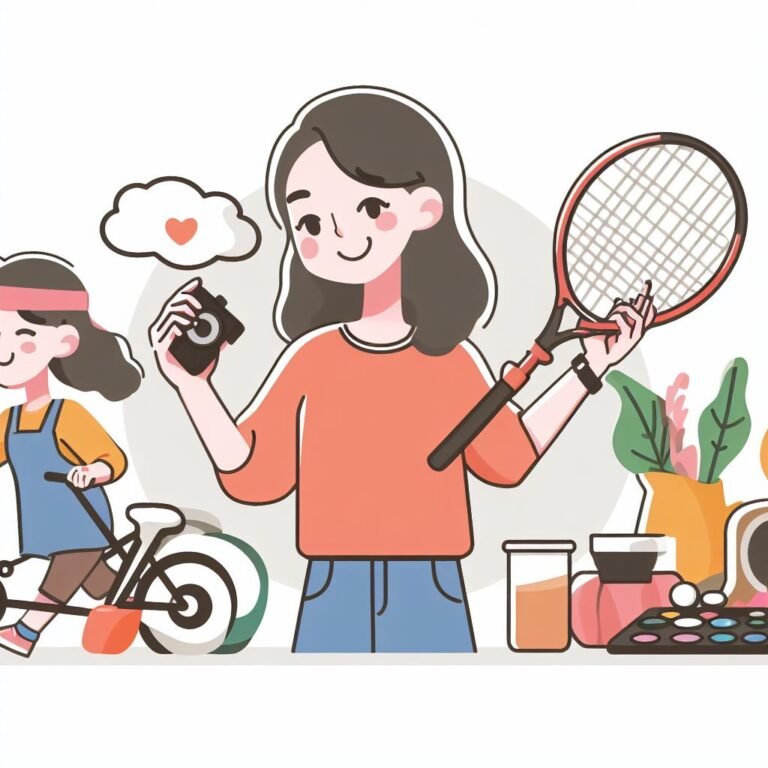The Art of Upcycling: Turning Waste into Valuables
The modern era has ushered in an unprecedented global waste crisis. Currently, the world generates approximately 1.3 billion tonnes of municipal waste annually, a figure that is expected to surge to 2.2 billion tonnes by 2025. This accumulation of waste presents a dire threat not only to our environment but also to human health, particularly in regions where waste management infrastructure is severely lacking.
This crisis, however, is not insurmountable. There lies an opportunity within this challenge — the chance to transform this waste into valuable items. The concept of upcycling — turning waste into products of higher quality or value — is a beacon of innovation, promising both economic and environmental benefits. It’s a process that could see a shift from the linear ‘take-make-dispose’ model to a more circular one, where the end-of-life of products is but the beginning of something new.
By addressing the waste crisis with creativity and efficiency, we could significantly reduce the strain on our landfills and natural resources, decrease our environmental footprint, and even spark new economic opportunities. The journey from waste to valuable items is not just about recycling; it’s about reimagining what we deem as waste and recognizing the potential it holds
Table of Contents
Understanding Waste Conversion
Upcycling, a term synonymous with creative reuse, is the process of transforming by-products, waste materials, or unwanted products into new materials or products of better quality or for better environmental value. It’s a step beyond recycling; while recycling takes consumer materials — like plastic bottles or paper — and breaks them down to create something new, upcycling creatively repurposes an item without breaking it down entirely.
The environmental benefits of upcycling are profound. By diverting items from landfills, upcycling helps reduce the emission of methane, a significant contributor to climate change. Moreover, it conserves natural resources by repurposing what’s already available, thereby reducing the need to extract new raw materials from the Earth. Upcycling is not just an individual or community practice; it offers economic advantages for businesses by lowering production costs and enhancing profit margins through the reuse of materials. This practice demonstrates how environmental responsibility can align with economic benefits, transforming the act of discarding into an art form that benefits both the planet and its inhabitants.
The Environmental Impact
Upcycling stands as a powerful ally in the fight against environmental degradation. In the realm of fashion, a sector notorious for its extensive pollution and waste, upcycling has emerged as a sustainable alternative. The process not only breathes new life into old garments but also significantly cuts down on energy consumption compared to traditional recycling method.
By transforming discarded textiles, upcycling helps to reduce the staggering 80% of clothes that end up in landfills or incineration facilities. This not only saves resources but also prevents the creation of additional waste. Furthermore, upcycling curbs pollution by decreasing the demand for new clothing production, which is often riddled with chemical-intensive processes harmful to the air, water, and soi.
Through upcycling, we can mitigate the adverse effects of fast fashion, such as overproduction and overconsumption, and move towards a more eco-conscious wardrobe. This sustainable practice not only conserves resources but also paves the way for innovative design and production methods that prioritize the health of our planet.
Economic Opportunities in Upcycling
Upcycling is not just an environmental imperative; it’s an economic catalyst, especially for small and local businesses. By transforming waste materials into unique, handcrafted products, upcycling creates niche markets and sustains livelihoods for artisans and craftspeople. This approach can be particularly potent in the fashion industry, notorious for its waste production. Brands are increasingly turning to upcycling, launching collections that give discarded clothes or fabrics new, higher-quality life..
The economic landscape of upcycling extends beyond the fashion industry. Local businesses find upcycling a cost-effective solution to create new, functional products from items like old furniture and glass bottles. This not only fosters creativity but also promotes a circular economy, keeping products and materials in use for as long as possible, thereby adding value and reducing waste.
Understanding these unique benefits, upcycling stands out as a sustainable lifestyle choice, complementing traditional recycling and offering an additional, effective strategy for waste management.
Challenges in the Upcycling Industry
While upcycling is on the rise globally, it faces several challenges. Educating consumers about its benefits remains a primary hurdle, with terms like “upcycled” still niche for many. Companies like UP TO GOOD Energy and NutriLeads are tackling this through marketing and aiming for certifications that can visually communicate upcycling’s positive impact.
Quality assurance is another significant challenge, as upcycled products, often derived from manufacturing byproducts, may have issues with taste, texture, nutrition, and safety. These require rigorous checks and often a re-evaluation of the biomanufacturing processes to ensure sustainability.
Supply chain management poses a further obstacle. Securing consistent and scalable sources for upcycled materials is essential, as there are no dedicated production streams for upcycled inputs, making it difficult to meet increasing demand. NutriLeads, for instance, has managed to create a sustainable supply chain for its upcycled prebiotic fiber by sourcing carrot pomace directly from juicing processes.
The Role of Technology in Upcycling
Technology has become a linchpin in the realm of upcycling, offering innovative solutions to challenges and significantly enhancing the process. A prime example is the use of automated systems for sorting materials, which leverages machine learning and computer vision. These technologies can accurately identify and sort different types of materials more efficiently than traditional manual methods, ensuring that suitable materials are funneled into upcycling streams.
3D printing technology has also had a transformative impact on upcycling. By using recycled materials, such as plastic bottles and packaging, 3D printers are capable of creating new, functional objects. This not only decreases the reliance on raw materials but also allows for creativity and customization in product design, expanding the possibilities of what can be upcycled.
The Internet of Things (IoT) is another technological advancement that’s pushing the boundaries of upcycling. IoT devices equipped with smart sensors can monitor performance and track usage patterns, pinpointing opportunities for upcycling. These devices are key in creating more energy-efficient alternatives and repurposing components into new products, fostering sustainable resource management.
Online platforms are further driving the upcycling movement by connecting individuals and organizations dedicated to this cause. They facilitate the exchange of ideas, resources, and upcycling tips, while also allowing for the purchase of upcycled products, which promotes a sense of community and collective innovation.
Moreover, as we contend with the increasing problem of electronic waste, technology is also providing solutions for upcycling e-waste. Creative approaches are being developed to refurbish and repurpose electronic devices, such as smartphones and laptops, which aids in extending their lifespans and mitigating environmental impact.
These technological advances are not just improving upcycling processes; they’re reshaping the very foundation of how we view and handle waste, turning it into valuable, innovative products and contributing to a more sustainable future.
Final Thoughts
The future of waste management beckons a revolution in recycling technologies and a shift towards a circular economy. Innovations like chemical recycling break down plastics into their fundamental components, allowing the creation of high-quality materials from previously unrecyclable plastics, despite challenges like high energy use and pollution risks. Integrating robotic sorting systems using AI improves the efficiency of waste separation, processing vast amounts of waste rapidly.
Developments in biodegradable materials, such as fungi-based packaging, contribute to waste reduction, complemented by circular economy principles that keep materials in use longer and foster resource efficiency, as seen in Amsterdam’s commitment to becoming a fully circular city by 2050.
Zero waste strategies further minimize waste and resource use, with communities like Kamikatsu in Japan achieving high recycling rates through clear targets and stakeholder engagement. Crucial to these advancements are governmental roles in policy-making, encouraging recycling innovations through measures like Extended Producer Responsibility. Finally, consumer behavior is pivotal, with a growing trend toward sustainability driving businesses to adopt eco-friendly practices and technologies.
FAQ
What is upcycling?
Upcycling converts old or discarded materials into something functional and often beautiful, giving them a new life and purpose.
Why is upcycling important?
Upcycling reduces waste, saves resources by reusing materials, decreases the demand for new raw materials, and can inspire creativity and innovation in product design.
What are the environmental benefits of upcycling?
Upcycling benefits the environment by reducing landfill waste, saving energy compared to traditional manufacturing, and reducing pollution caused by waste processing.
How does upcycling contribute to the economy?
Upcycling fosters economic growth by creating niche markets for unique, repurposed goods and providing job opportunities for artisans and local businesses.
What challenges does the upcycling industry face?
Challenges in upcycling include consumer education, quality assurance of upcycled materials, and the development of scalable supply chains for upcycled products.
How is technology transforming upcycling?
Technology is revolutionizing upcycling with automated sorting systems, 3D printing from recycled materials, and IoT devices that track and optimize resource use.
What is the future of waste management and upcycling?
The future of waste management lies in advancing recycling technologies, embracing the circular economy, developing zero-waste strategies, and fostering sustainable consumer behavior.






